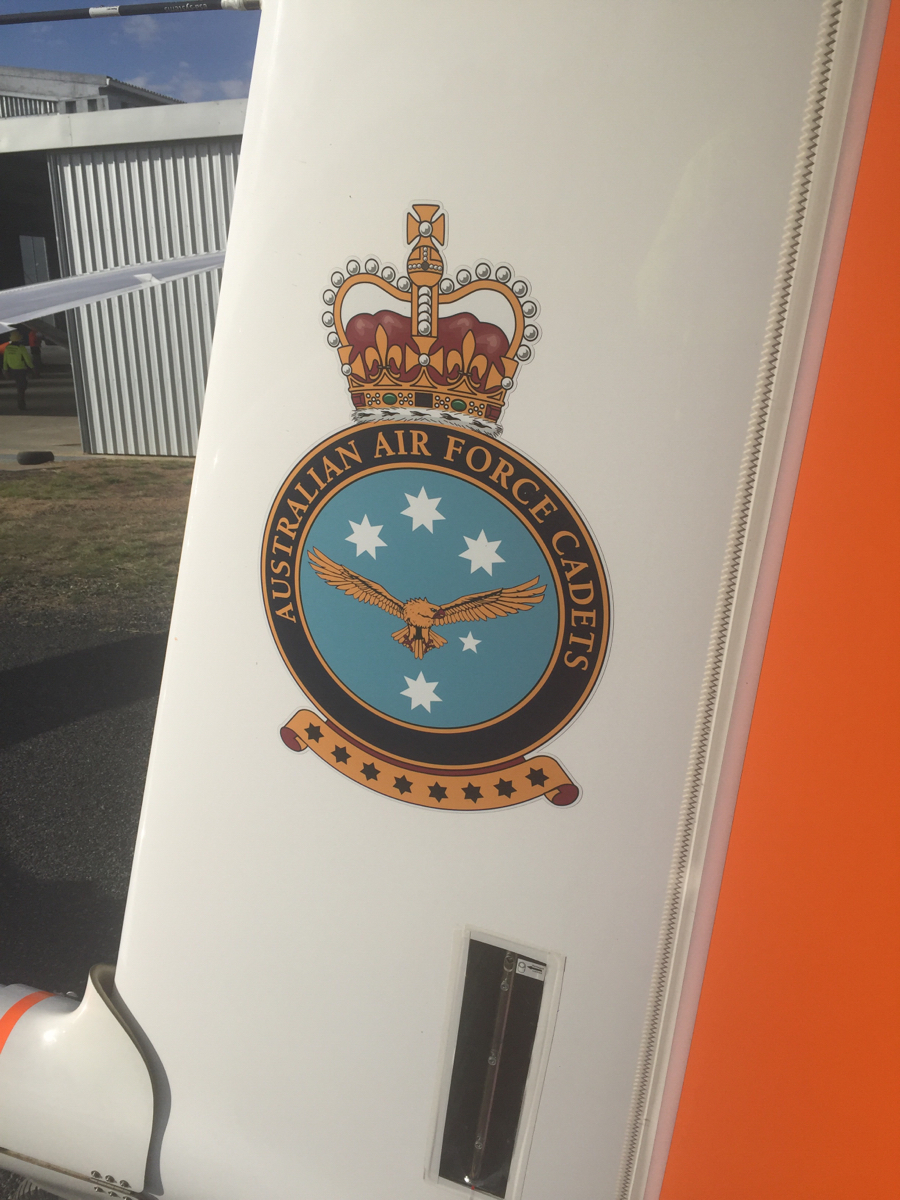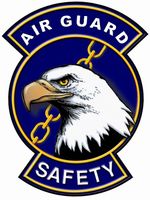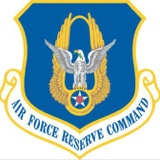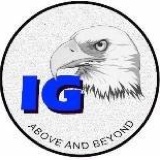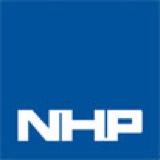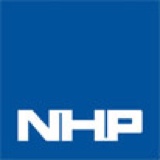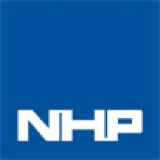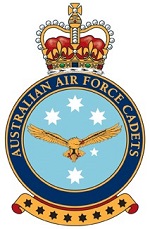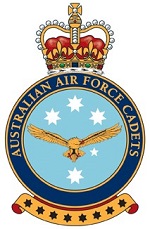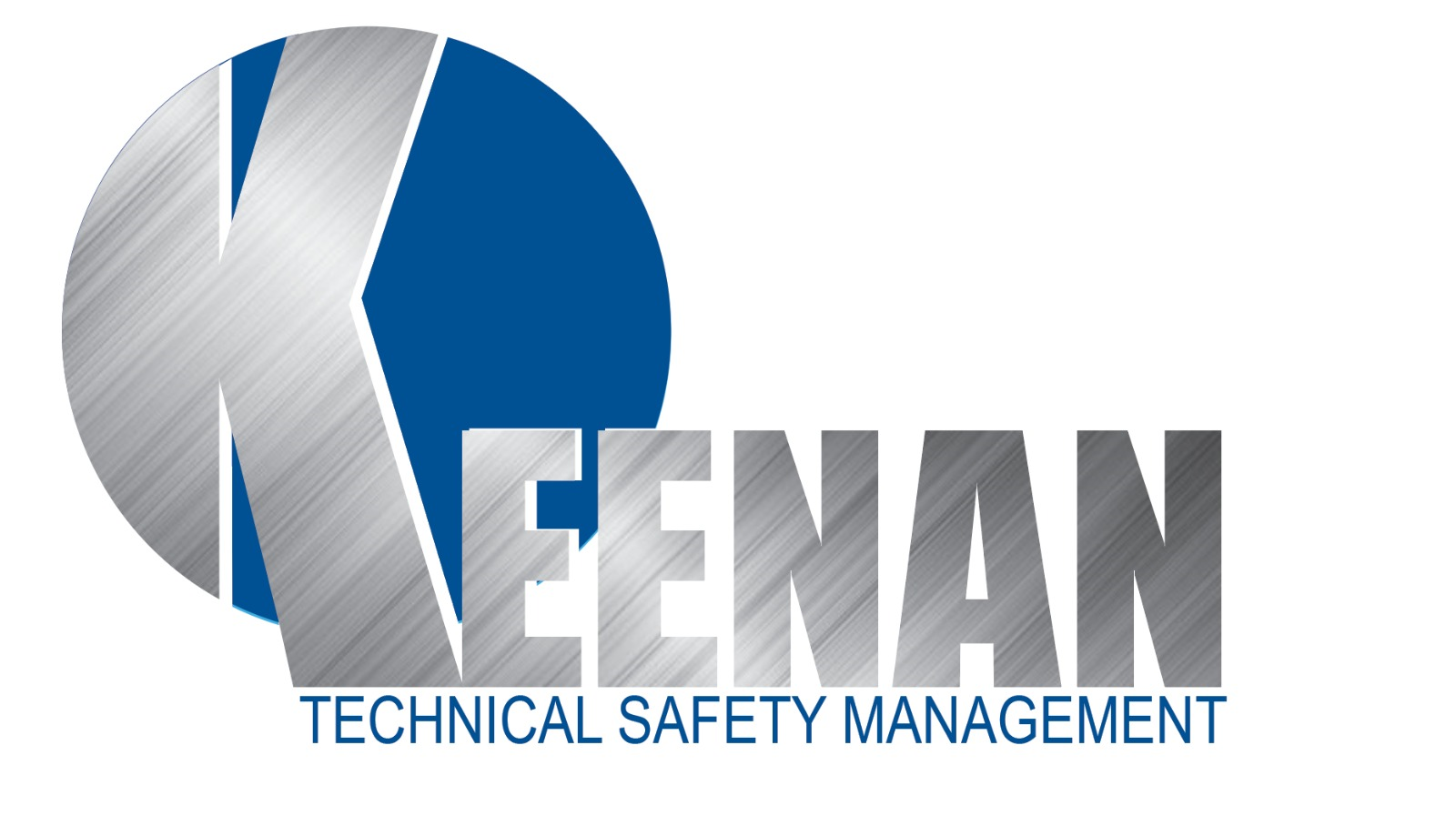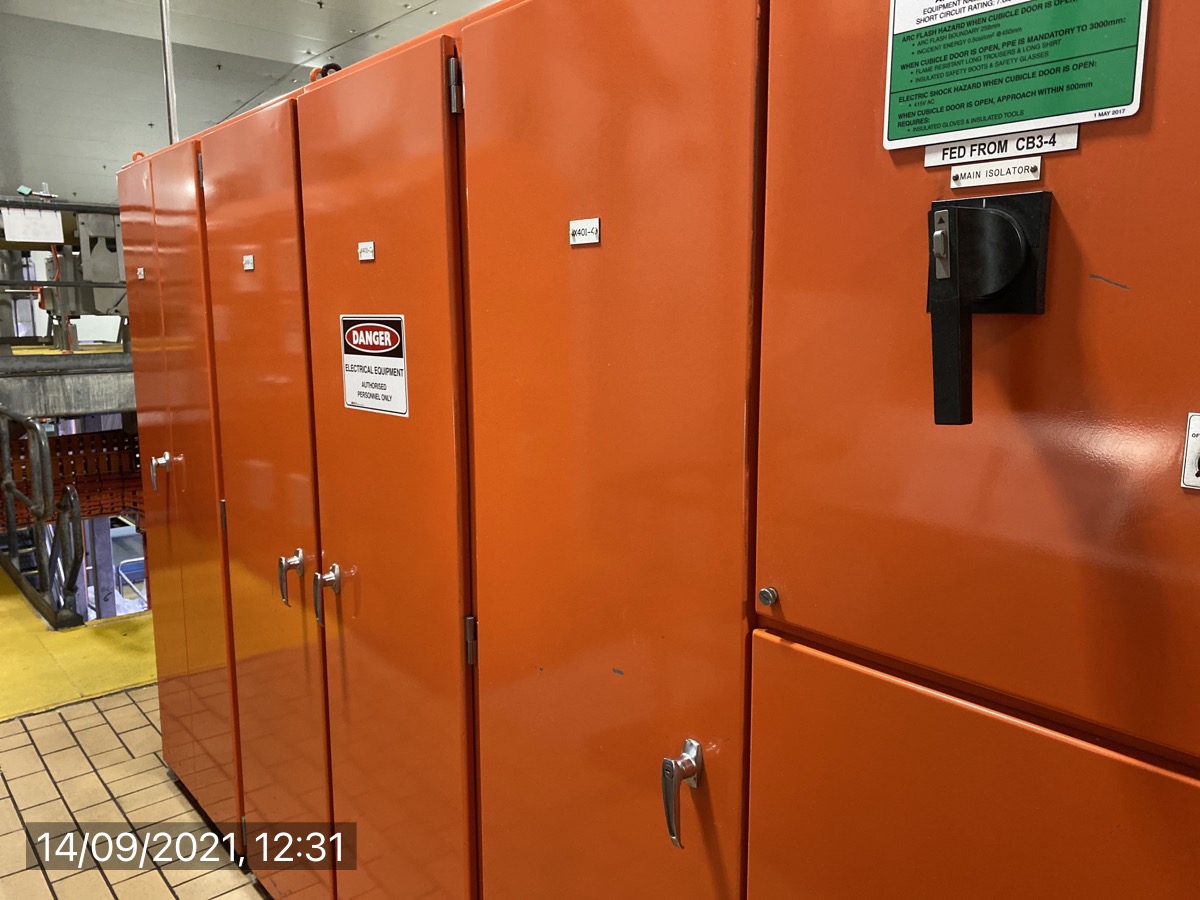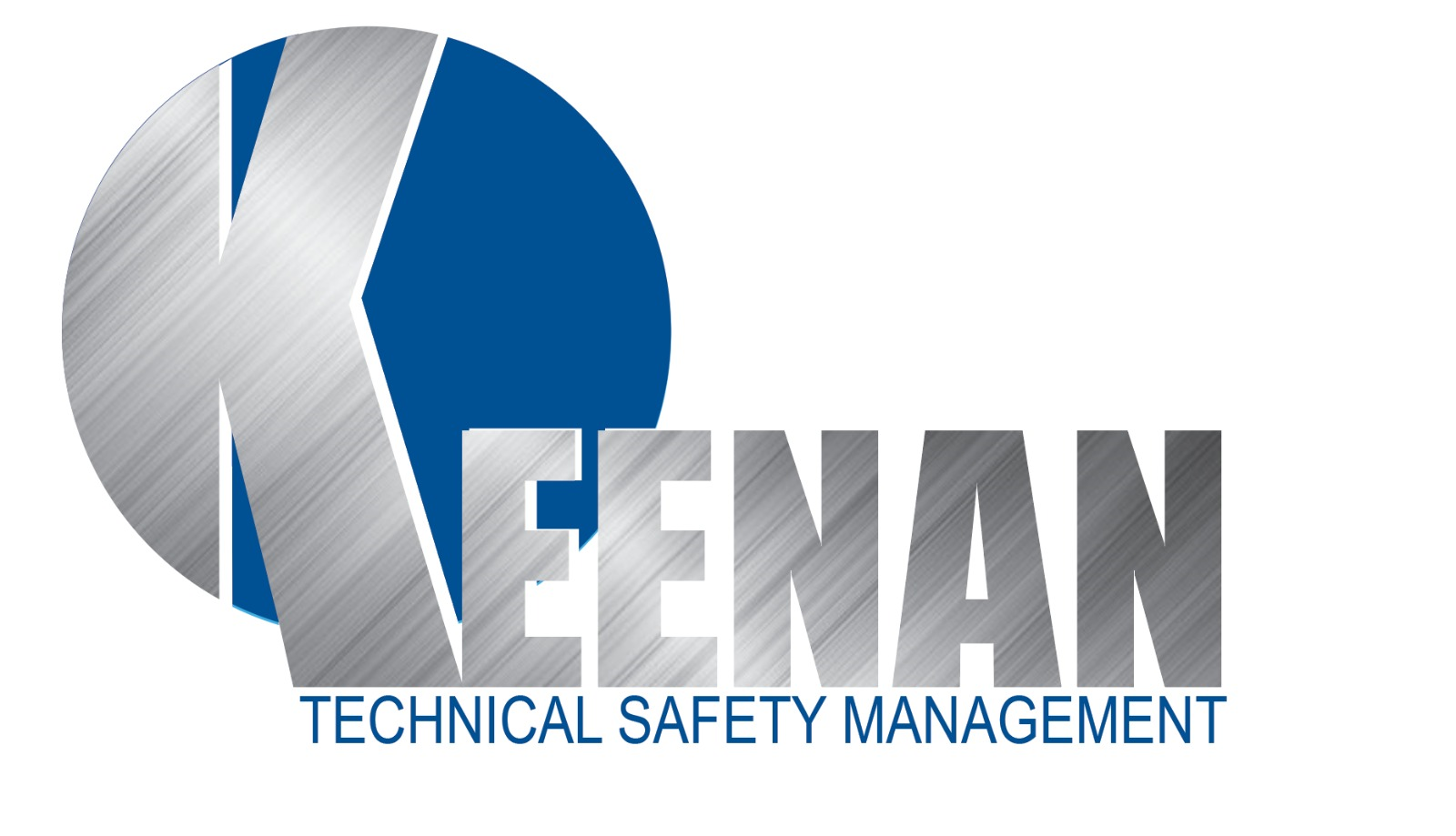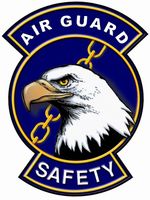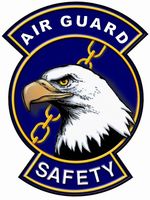Information
-
Audit Title
-
Document No.
-
Client / Site
-
Conducted on
-
Prepared by
-
Location
-
Personnel
ATTENTION!!! ATTENTION!!! ATTENTION!!!
-
Safety brief
-
The following brief is for all staff and cadets of 219SQN AAFC. The following must be obeyed under all circumstances
Facebook policy
-
As per the AAFC POLICY MANUAL, no images or comments to be posted on any social media sites about the training being conducted. (page 146 of the pol man)
-
Do all cadets and staff verbally agree to this?
Fires
-
Camp fires are allowed
-
Fire pits must be dug to a depth of at least 10cm, with a clearing of at least 1 meter around the fire
-
Piquet's are to be maintained at all times throughout the night if fire is required roster to be given to USC 1 hour prior to nightfall
-
Fires are to be kept small. Nothing above knee level
-
Recent events in the army cadets have left a female cadet with 2nd degree facial burns after skylarking around a fire. No cadets will use any liquid of any kind to start or build a fire. No messing around, around the fire, this is how accidents happen. Anyone caught messing around with fire or having a raging fire will be asked to extinguish the fire
-
Remember a fire has to be put out completely with the water available to that group in about 30 seconds.
Weather
-
In the event of bad weather follow all directions from staff. If an evac is needed you will be told
-
This exercise is being conducted in extremely cold weather. Temps will get as low as 0 degrees or less. Cold weather gear is to be worn at all times during the night. If any staff or cadet develops hyperthermia the CO OR USC are to be advised immediately.
-
Even though it is winter, heat stroke, heat exhaustion and dehydration are still possible. Any cadet that shows signs of the before mentioned are to notify the CO OR USC immediately
Safety in the bush/country code
-
All cadets are reminded that even though we are out bush this is still a workplace. And the following must be obeyed
-
All cadets will follow the country code.
-
No running, day or night.
-
Fires to be kept at a suitable level
-
Travel everywhere in a minimum of 2. This includes going to the toilet.
Site evacuation
-
In the event the site needs to be evacuated, you will hear 3 sets of 3 horn blasts from the safety vehicle. In the event this happens stand by for instructions and maintain radio silence.
Sharing of food.
-
No cadet at any time for any reason shall share food.
-
All cadets verbally agree to this section
First Aid
-
All first aid incidences are to be reported to the course first aid officer. For this activity the USC Mr Eastick is the designated FAO
Bullying
-
You are all aware of the Harassment policy
Toilets
-
Porta-loos Are provided.
Local environment
-
You are to leave the area as it is found. This is a multi use training area used by the AAFC and the RAAF. For continued use we need to observe and follow the rules of the land
-
What ever you carry in, you carry out
-
Put all rubbish in your own plastic bags. DO NOT THROW RUBBISH ON THE GROND OR USE COMMUNAL BINS
-
Do not chop or pull down trees for firewood. Use the stuff on the ground
-
Do not tease, chase or attempt to interfere with any live stock or local wildlife. Anyone caught breaking this will be sent home.
-
Snakes are less active this time of the year, care should still be taken to avoid snakes.
Spent brass
-
This is a live fire training area. Any cadet caught possessing, attempting to remove or playing with dropped ordinance will be removed from the exercise and sent home.
-
You are not permitted to, touch, take, attempt to take or remove live/spent brass from this site.
-
If you find live ammunition or ordinance you are to report this directly to the CO. DO NOT ATTEMT TO INTERFERE OR PICK THE ITEMS UP.
-
All cadets verbally agree to this section of the brief
-
USC
-
Commanding officer
-
Select date
